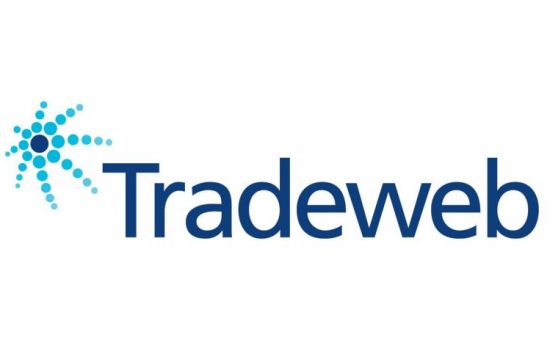ESMA, the EU’s financial markets regulator and supervisor, today unveiled a new logo and visual identity.

The design of the new logo fully embraces the ESMA Strategy for 2023-2028 and its key twin drivers: sustainability as well as technological and data innovation.
The logo and other visual elements will be used on all ESMA publications as of today, and all IT systems have been updated. In addition, ESMA is finalising a new website, which will be launched later this month.

ESMA to enhance retail investor protection, information, and participation
As part of the strategy for the 5-year period between 2023 and 2028, ESMA will look to enhance retail investor protection:
“ESMA and the NCAs will ensure that investors are effectively protected, with a particular focus on the protection of retail investors. ESMA will further develop retail investor trend monitoring and analysis. It will concentrate its efforts on risks posed among others by new and innovative products or services (e.g. cryptoassets or non-fungible tokens) and products with strong retail investor demand (e.g. ESG).
“ESMA will also assess risks to retail investors that may stem from distribution of complex products, alternative marketing and distribution channels, such as e.g. social media advertising. ESMA, together with NCAs, safeguard effective protection of retail investors. ESMA will reinforce its convergence work, particularly with regards to the supervision of cross-border activities, aiming to prevent significant consumer detriment by fostering a common supervisory culture and consistent supervisory outcomes for investors.
“ESMA will fully use its convergence toolkit in this area, including product intervention, where appropriate. New initiatives on ensuring effective supervision of cross border services will aim to facilitate:
- effective information exchange between the home and host authorities;
- joint supervisory measures to support effective supervision and enforcement such as joint supervisory work, supervisory colleges or the use of delegation.
“ESMA will also enhance supervision and convergence through common supervisory exercises for example CSAs and mystery shopping, to be performed by all or a significant number of NCAs (see also sections 4.2.2 ‘Enhanced risk prioritisation and outcome-based supervision’ and 4.2.3 ‘ESMA’s convergence approach’).
The European regulator also intends to engage with retail investors, through coordinated communication together with NCAs, complementing and amplifying the NCAs’ measures and messages. Practically, ESMA will enhance its approach by reinforcing coordination activities and using new communication tools and platforms, for example by making ESMA warnings and statements available for NCAs’ customisation and by joint publications by ESMA and NCAs.
ESMA aims to make its retail related activities more visible, for example through the ‘Retail investor corner’ on ESMA’s website. It will provide information in a userfriendly format, using existing databases and registers, making predefined information easily accessible and consolidating information at the EU level based on close cooperation with NCAs. An example might be an EU list of products targeted by intervention (e.g. banned products) and warnings.
Within the limits of its mandate, ESMA will further facilitate understanding of the products being offered, by contributing to creating conditions that enable:
- reducing the size and complexity of information for investors; and
- simplifying product disclosures and stimulating use of clear language, both in disclosure requirements and in practice.
As to retail participation, ESMA aims to bolster direct and indirect retail participation by carrying out actions such as:
- monitor and analyse market developments to evaluate the risk level of new types of products (including those not yet regulated);
- ensure that the regulatory framework remains fit for purpose while streamlining it, balancing the need for an up-to-date regime with the need for regulatory stability;
- contribute to creating a regulatory and supervisory environment that facilitates product simplification and clarity, including by exploring initiatives for labelling certain product types;
- increase the use of retail consumer testing in policy development;
- focus on cost and quality of investment advice, including emphasis on ensuring adequate qualification and competence of the investment advisors to provide unbiased advice that is free from conflicts of interest (i.e. not influenced by inducements) and comes at an appropriate cost to retail investors.












